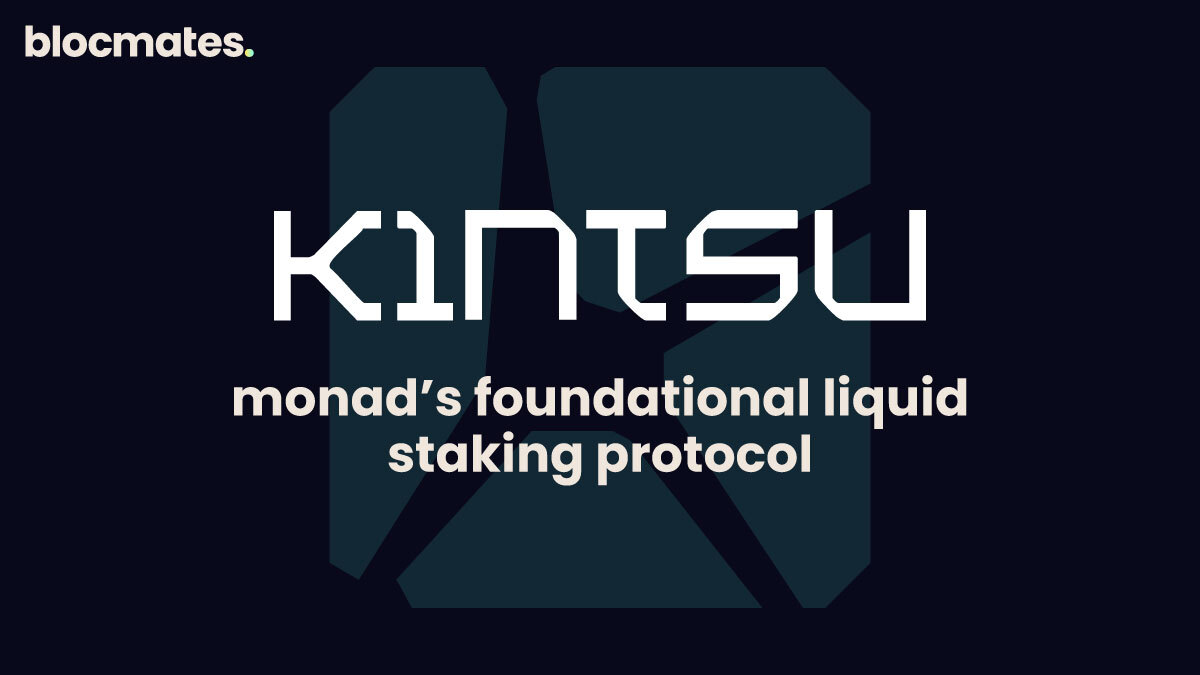Just to clear the air right off the bat - no, Chainlink isn't the latest innovation in fence-building or bicycle chains. So, if you came here looking for tips on reinforcing your yard or fixing your bike, you might want to pedal your way to a different website!
Now that we’ve gotten that out of the way, let’s dive into what Chainlink really is. Chainlink is a decentralized network that enables smart contracts on various blockchains to securely connect to external data sources, APIs, and payment systems.
The idea is to provide reliable real-world data to smart contracts, which are automated agreements that execute when certain conditions are met.
For example, a smart contract for an insurance payout might need real-time data about a natural disaster from external sources to determine if the conditions for a claim have been met.
Exploring Chainlink in Depth
You should now have a basic understanding of Chainlink, but it's time to delve even deeper and gain a thorough understanding.

Chainlink stands out as a pivotal technology in the blockchain ecosystem, designed to bridge the gap between blockchain smart contracts and external data sources. These smart contracts are self-executing agreements that operate on blockchain technology, relying on specific conditions to be met for their execution.
However, their potential is limited by their inability to access real-world data independently. This is where Chainlink’s decentralized oracle network becomes essential.
The Oracle Problem and Chainlink’s Solution
Traditionally, the "oracle problem" in blockchain refers to the challenge of providing external data to smart contracts in a secure and decentralized manner.
If a smart contract is to automate real-world actions, like transferring ownership of property or issuing insurance payouts after natural disasters, it needs reliable data (e.g., property records, weather information).
However, the sources of such data are often centralized, posing a risk of tampering or manipulation.
Chainlink addresses this issue by creating a decentralized network of nodes, known as oracles, that provide a reliable connection to external data sources. Each Chainlink oracle stakes LINK tokens, the native cryptocurrency of the Chainlink network, as collateral.
If an oracle provides inaccurate data, it risks losing its stake, incentivizing accuracy and reliability.
Why is real-world data so important? Well, let's say you have a smart contract (which is basically a computer program on a blockchain) that needs to pay out insurance after a natural disaster. To do that, it needs up-to-date information about weather conditions, which it can't access on its own.
This is where Chainlink comes in. Chainlink provides a way to securely and reliably connect blockchains with external data. This includes everything from weather reports to stock prices, ensuring that the blockchain remains as decentralized and secure as possible while still being able to interact with the outside world.
So, Chainlink aims to solve this oracle problem by acting as a trustworthy intermediary that can provide blockchains with the external data they need to execute smart contracts effectively.
It does this while maintaining the security and reliability that make blockchains so appealing in the first place. Chainlink's approach enhances the functionality of smart contracts and expands the possible applications of blockchain technology far beyond what's currently imaginable.
Hybrid Smart Contracts and Cross-Chain Interoperability
Chainlink expands the functionality of traditional smart contracts by enabling what are known as "hybrid smart contracts." These contracts combine on-chain code (residing on the blockchain) with off-chain data and computation provided through Chainlink.
This hybrid approach allows smart contracts to interact seamlessly with external APIs, payment systems, and other blockchains, fostering a new level of interoperability in the blockchain space.
Real-World Applications and Use Cases
The utility of Chainlink is vast and varied, supporting a wide range of applications:
- Financial Services: Chainlink can feed real-time financial data into smart contracts for derivatives, bonds, and other financial instruments.
- Insurance: By integrating real-world data such as weather conditions, Chainlink enables smart contracts to execute claims automatically, such as releasing funds to policyholders in the event of a natural disaster.
- Supply Chains: Chainlink oracles can enhance supply chain transparency by providing accurate and verifiable data about the movement of goods.
Chainlink's Market Impact and Growth Prospects
Since its launch, Chainlink has become the new kid on the block, securing partnerships across various industries and continuously expanding its network. With a growing number of blockchain projects relying on external data, Chainlink’s role is increasingly crucial.
As the blockchain landscape evolves, the demand for decentralized oracle services like Chainlink is expected to grow, potentially increasing the utility and value of LINK tokens.
What Are The Goals of Chainlink?
At its heart, Chainlink is all about connectivity. In a world where data is king, Chainlink’s primary goal is to democratize access to information by securely connecting blockchains with off-chain data.
This isn’t just about bringing external data to smart contracts; it’s about ensuring that these integrations are as seamless and reliable as possible, fostering an environment where developers can build complex, feature-rich applications without sweating over data integrity.
Chainlink is not just solving existing problems but also pushing the boundaries of what smart contracts can do. By enabling smart contracts to securely interact with external data feeds, APIs, and traditional banking systems, Chainlink is turning the concept of smart contracts from a static entity into dynamic beasts that can react to real-world events and triggers.
This transformation paves the way for more complex, real-world applications that go beyond simple token swaps.
Chainlink’s dedication to decentralization is a cornerstone of its philosophy. By decentralizing the data inputs that feed into smart contracts, Chainlink reduces the reliance on any single point of failure, enhancing the security and reliability of the entire blockchain ecosystem.
This approach not only supports the fundamental principle of blockchain technology, trustless security but also protects the integrity of smart contracts by ensuring that they operate as intended, free from manipulation or external interference.
Chainlink’s goals extend beyond its immediate functionalities. By providing tools and services that enable efficient and secure interactions between blockchains and external systems, Chainlink is also nurturing the overall growth of the blockchain ecosystem.
It’s about building a robust infrastructure that other projects can rely on, thus accelerating the adoption of blockchain technology across various sectors, from finance and insurance to supply chains and healthcare.
Chainlink is committed to fostering an open and collaborative environment. By maintaining an open-source project and actively encouraging community participation, Chainlink promotes innovation within the ecosystem.
This open approach ensures that anyone, anywhere, can contribute to and benefit from Chainlink’s advancements, driving a collective push towards more innovative, inclusive, and interoperable blockchain solutions.





.webp)
.webp)

.webp)










.webp)

.webp)
.webp)

%20(1).webp)



























































%202.webp)


.webp)

.webp)
.webp)
.webp)



.webp)












%20the%20Next%20Big%20Unlock%20in%20AI.webp)



.webp)
.webp)


.webp)
.webp)










.webp)


.webp)








.webp)







.webp)




.webp)


























.webp)







.webp)















.webp)

.webp)
.webp)

.webp)














.webp)

.webp)


.webp)








.webp)




